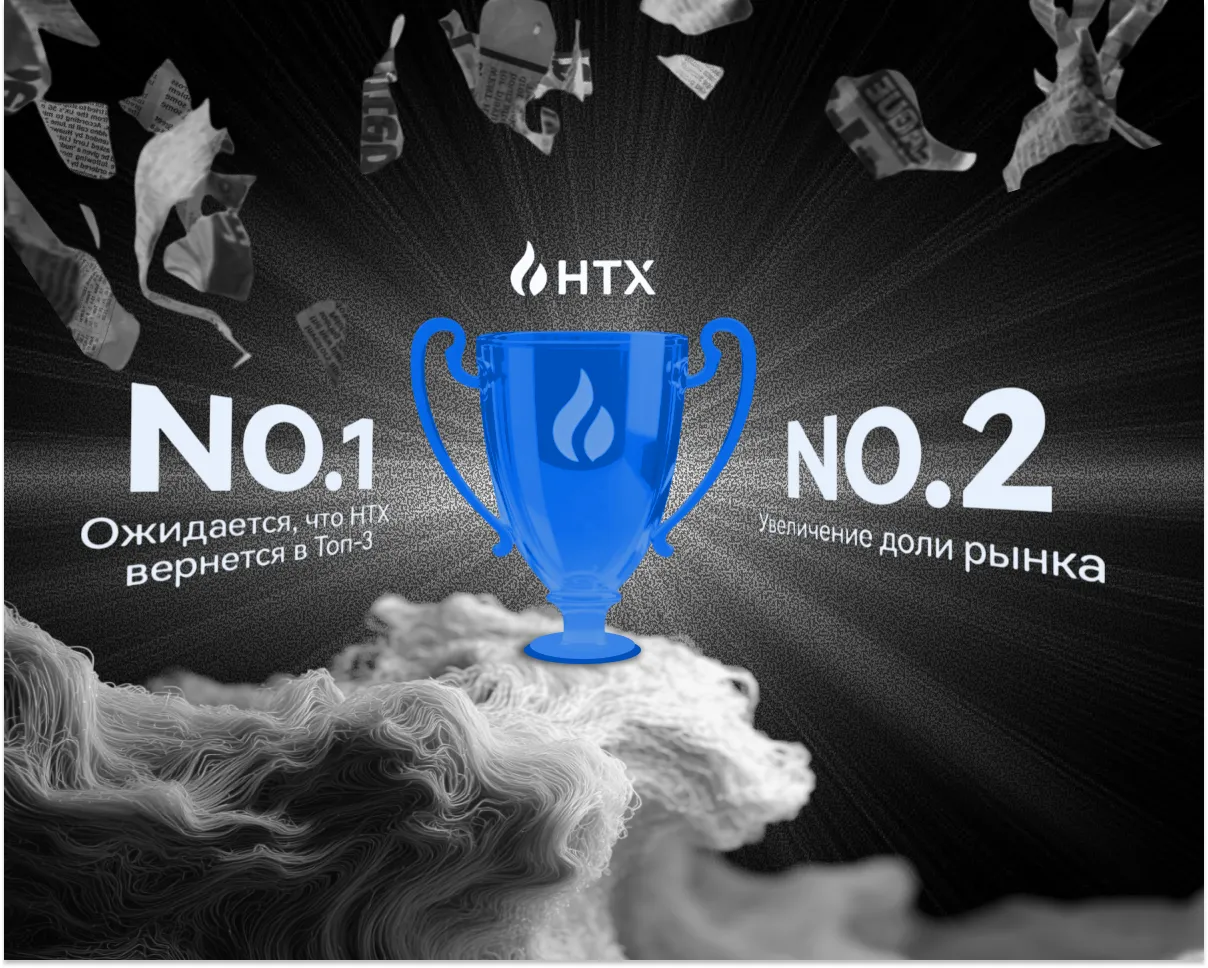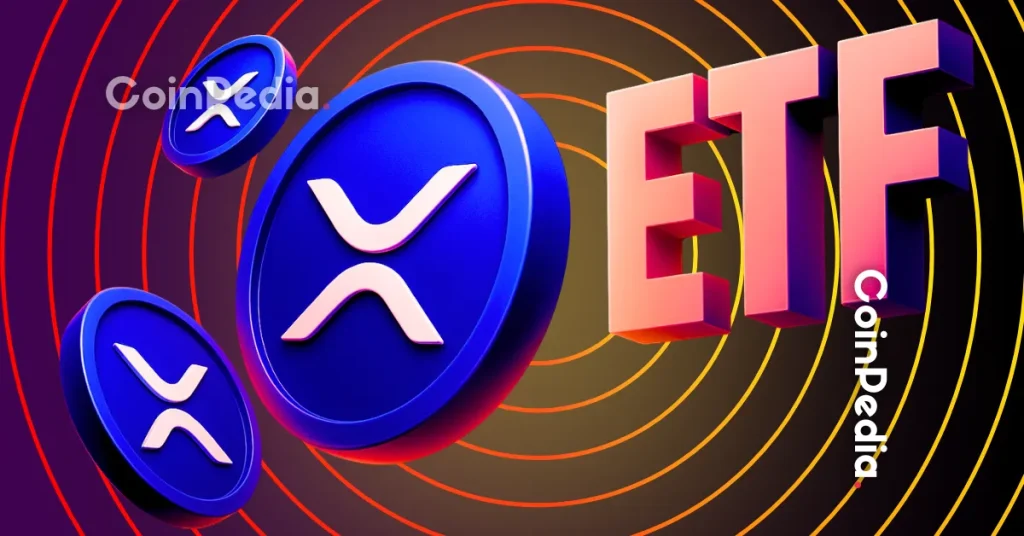
The NFT market continues to evolve, and its success depends on the metrics it references.
According to a report released on May 18 by DappRadar, a Web3 data platform, NFT trading volume so far in May was $333 million (approximately ¥4.46 billion, at an exchange rate of ¥135 to the dollar). And for the first time this year, monthly trading volume is about to fall below $1 billion.
In contrast, the number of transactions climbed to 2.3 million, showing a notable increase in the number of active wallets per week dealing with NFTs.
Trading Volume Slumps, Number of Transactions Rising
According to DappRadar blockchain analyst Sara Gherghelas, the number of NFT transactions is on track to match or even surpass last month’s figures, in contrast to transaction volumes that are well below last month. . In Goergeras’ view, this could be a sign that there are more NFT traders in the market with smaller trades.
The number of unique active wallets tied to NFT-related activity increased 27% in May, according to the report. The reason is that the NFT collection “Miladys”, which Mr. Elon Musk contributed greatly to the price increase, and the profits of the soaring Pepecoin (PEPE) were returned to the NFT market. In response to this situation, on-chain activity has increased, and Ethereum gas prices (transaction fees) have skyrocketed.
Overall, the Ethereum blockchain continues to lead the NFT market in terms of transaction volume, but other blockchains, such as Solana and Polygon, have surpassed Ethereum in terms of the number of NFT transactions. According to DappRadar, 26.9% of NFT transactions are on Polygon and 13% on Solana.
“In terms of the number of NFT transactions, Ethereum’s (market) share has dropped to just 5.7%, indicating that Ethereum is mainly used for large-scale sales. Ethereum is the platform of choice for ‘NFT elite’. position,” the report notes.
And while Blur and OpenSea are vying for the number one position in the NFT marketplace, they each have different strengths.
Blur has a trading volume of about $181 million in May, significantly higher than OpenSea in trading volume. The main reasons for this are the launch of the reward campaign “Season 2” and the launch of its own lending protocol “Blend”. But OpenSea still has a higher number of active NFT traders than Blur, suggesting it has the upper hand among mainstream users.
What does the data mean?
What do these data mean, after all?
While volume is a key metric for measuring the success of the NFT market, that figure is particularly indicative of wash trades (sellers and buyers are the same, or both are colluding) among collectors looking to earn rewards on platforms like Blur. In some cases, the lack of accuracy is due to the transactions that are being conducted, Gergeras said.
“We’ve seen market manipulation on Blur. People are using Blur’s platform to farm[Blur tokens]and participate in airdrops,” said Gergeras.
Furthermore, according to Goergeras, Blur doesn’t really care about the number of active traders on its platform. It targets a smaller number of professional traders with large amounts of money and diversified portfolios.
“People who use Blur today are people who buy expensive NFTs, and they are the target demographic. No.” (Mr. Goergeras)
Other data also supports Gergeras’ view. Blockchain analytics firm Nansen tweeted in March that 100 top NFT traders accounted for much of the trading volume on Blur at the time.
Currently, 46% of @blur_io volume comes from their top 100 NFT traders
Between just Blur & OpenSea, 86% of the volume is on Blur
Blur’s dominance in volume became clear after the $BLUR airdrop/token launch on Feb 14 and the beginning of Season 2 Rewards  pic.twitter.com/hAez9ywVuA
pic.twitter.com/hAez9ywVuA
— Nansen  (@nansen_ai) March 3, 2023
(@nansen_ai) March 3, 2023
“Today, 46% of Blur’s trading volume comes from the top 100 NFT traders.
Looking only at Blur and OpenSea, Blur accounted for 86% of trading volume.
Blur’s volume dominance became apparent after the February 14th BLUR airdrop/token launch and the launch of the Season 2 rewards campaign.”
Does trading volume matter at all?
Still, Gergeras said that given the context, trading volume is a key metric.
“I think volume is a very important metric to gauge exactly how much money is moving in the NFT market at any given time. What you’re doing, it means people are going crazy, and you could have made a lot of money.”
“Now, even though trading volumes are down, the number of trades is going up, which means that the number of traders is staying the same, but their behavior is changing,” Gergeras said. continued.
Furthermore, according to Gergeras, when looking at transaction volume, it is important to know what type of NFT you are talking about, and the story is different for real estate transactions on the Metaverse platform and for NFT collections of artwork. It says.
“I think the metaverse-related transaction volume is a completely different topic. In this regard, transaction volume is important because the practicality of real estate and transaction volume are equated, and it is directly linked to profit. It’s an ecosystem, a new economy,” Gergeras said.
|Translation and editing: Akiko Yamaguchi, Takayuki Masuda
|Image: Shutterstock
|Original: NFT Trading Volume on Track to Drop Below $1B, But Does That Metric Matter?
The post NFT expects transaction volume to fall below $1 billion in May ── but is it an important indicator in the first place | coindesk JAPAN | Coindesk Japan appeared first on Our Bitcoin News.

 2 years ago
148
2 years ago
148














 English (US) ·
English (US) ·